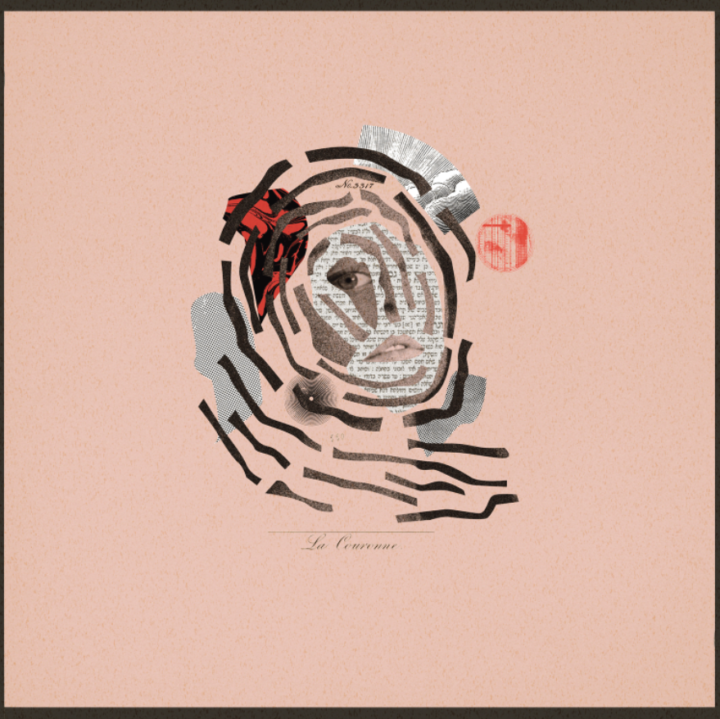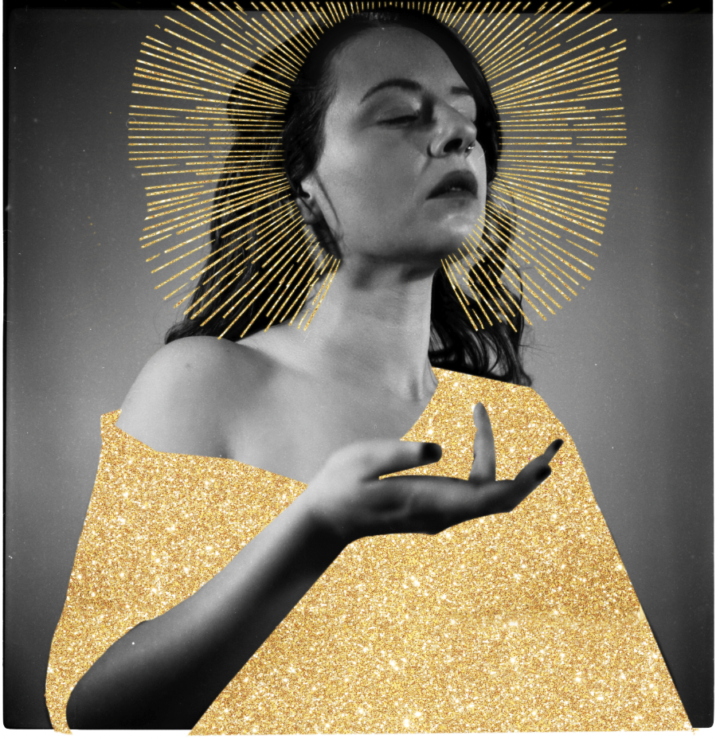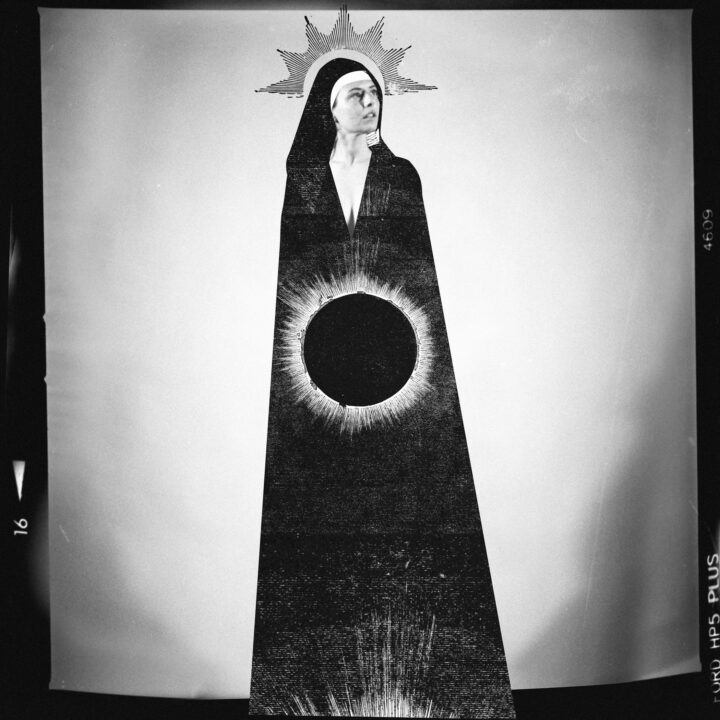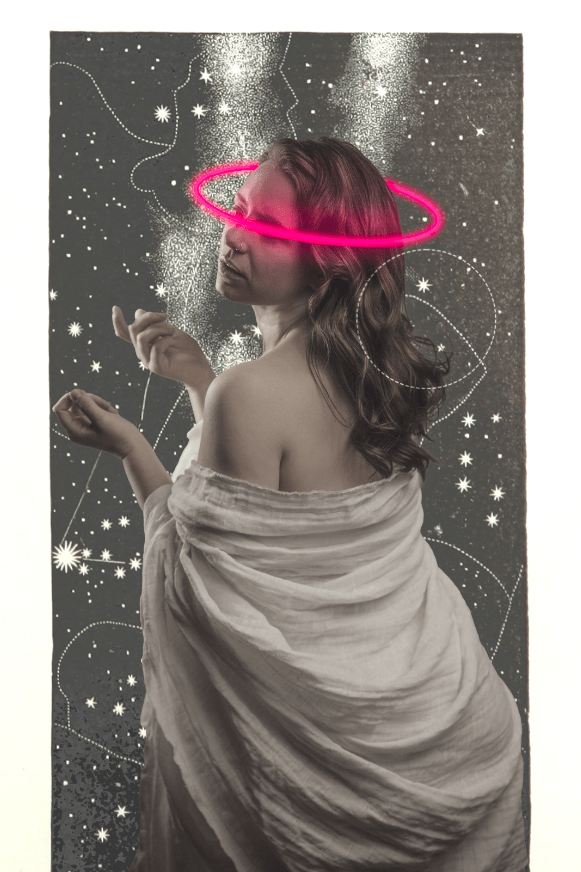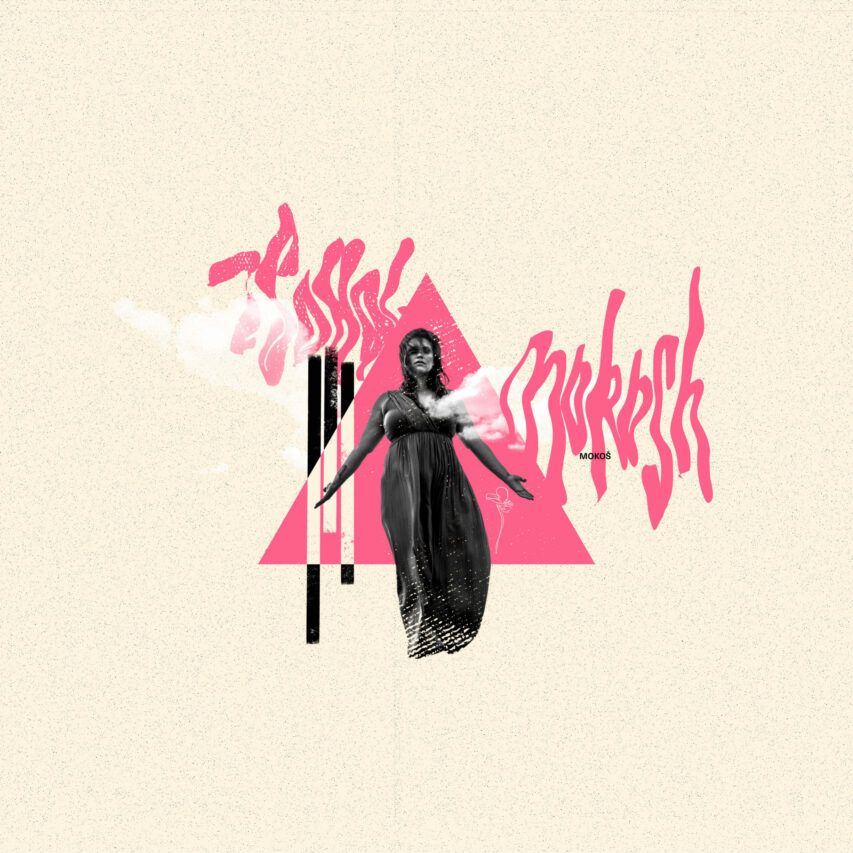Brighid
A Quick Look
Christianity:
When early Christians discovered a powerful story in the land of a recently converted community they tried to replace it with one of their own.
Country: Ireland
Brighid: Brighid | Brigit | Brig | Bride | St. Brigit of Kildare
Other Association: Imbolc
The Goddess — Brighid was a daughter of the God Dagda, a protector. She was worshiped as the Goddess of poetry, fertility, and smiths. Her identification with Minerva comes from the interest of both Goddesses in bards and artists.
In ancient times, smiths were not only recognized for their craft, but their work was also connected with magic. Brigid was strongly associated with the symbol of fire as well. She was a part of the Tuatha Dé Danann , an Irish supernatural race known from mythology.
She may have also been one of the triple deities of the Celts.
The Triple Threat
Brigit the goddess whom poets adored, because very great and very famous was her protecting care. It is therefore they call her goddess of poets by this name. Whose sisters were Brigit the female physician (woman of leechcraft,) Brigit the female smith (woman of smithwork).
From whom whose names with all Irishmen a goddess was called Brigit. It is not clear whether one goddess is described here or three, all bearing the same name but with individual spheres of influence. It was certainly common for one goddess to be represented as three.
And Then The Christians Came Marching In
Saint Brigid Of Kildare.
Hail Brigit is an old Irish poem which tells of the disappearance of the pagan world of Ireland and the triumph of Christianity, as exemplified by the deserted ruins of the ancient hill fort of Alenn contrasted with the flourishing state of neighbouring Kildare.
It begins: “Sit thou safely enthroned, triumphant Brigit, upon the side of Liffey far as the strand of the ebbing sea! Thou art the sovereign lady with banded hosts that presides over the Children of Cathair the Great. God’s counsel at every time concerning virgin Erin is greater than can be told: though glittering Liffey is thine to-day, it has been the land of others in their turn. When from its side I gaze upon the fair Curragh the lot that has fallen to every king causes awe at each wreck.” It ends: “Oh Brigit whose land I behold, on which each one in turn has moved about, thy fame has outshone the fame of the king — thou art over them all. Thou hast everlasting rule with the king apart from the land wherein is thy cemetery. Grand-child of Bresal son of Dian, sit thou safely enthroned, triumphant Brigit!”
1. Brigid is a Fire Goddess associated with smithcraft and possibly a fire cult. Brigid’s Cross is in the form of a solar wheel so she may also be a Sun Goddess. “A perpetual flame burned in Kildare in pre-Christian times and was kept alight by Brigid and her nuns, possibly up to the sixteenth century. It was relit by Mary Teresa Cullen, the then leader of the Brigidine Sisters in the Market Square, Kildare, at the opening of a justice and peace conference.” It has even been suggested that St. Brigid may have been a priestess of Brigid before her conversion to the Christian faith.
2. Brigid is particularly associated with the first stirrings of Spring as the days begin to lengthen, the snowdrops bloom, and the ewes begin to lactate. In a Scottish story, Bride is taken captive by Beira, the Queen of Winter. Some say her winter prison is the mountain, Ben Nevis. Before the fire of the sun can warm the earth again Bride has to be freed. So a spell is cast borrowing three days from the heat of August. As Bride walks free light fills the earth and the land turns green again
3. Brigid’s Fire is truly the fire of creativity It is responsible for the kindling of the earth in early Spring, the kindling of passion, the kindling of the body in healing, the kindling of the heart in poetry and song, the kindling of the mind in science and craft. Until very recently the hearth formed the centre of every home and the fire burnt all year round. It was at the hearth that the women of the house practiced the magic of cookery. It was around the hearth that wisdom was passed from one generation to the next and the old stories were recited. For the more adventurous, the hearth was also a focus of divination. What do you see in the movement of the flames, what do you hear in the crackle of the logs, what marks are left in the ashes of the fire? What is Brigid saying to you?
Order Here
Click Here to Buy

